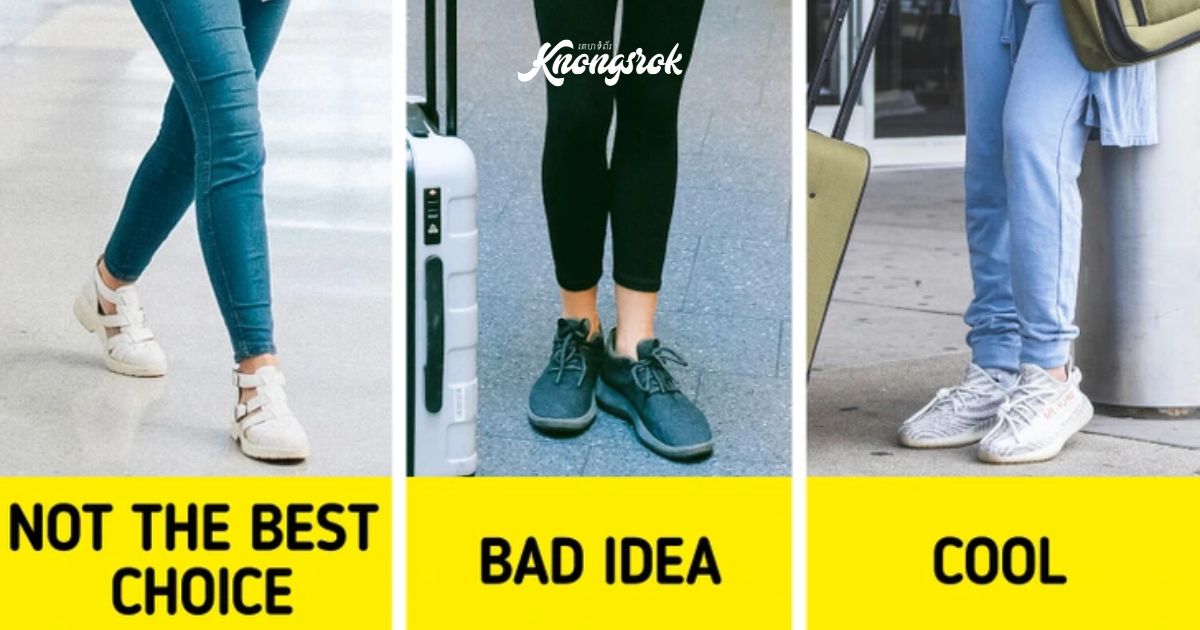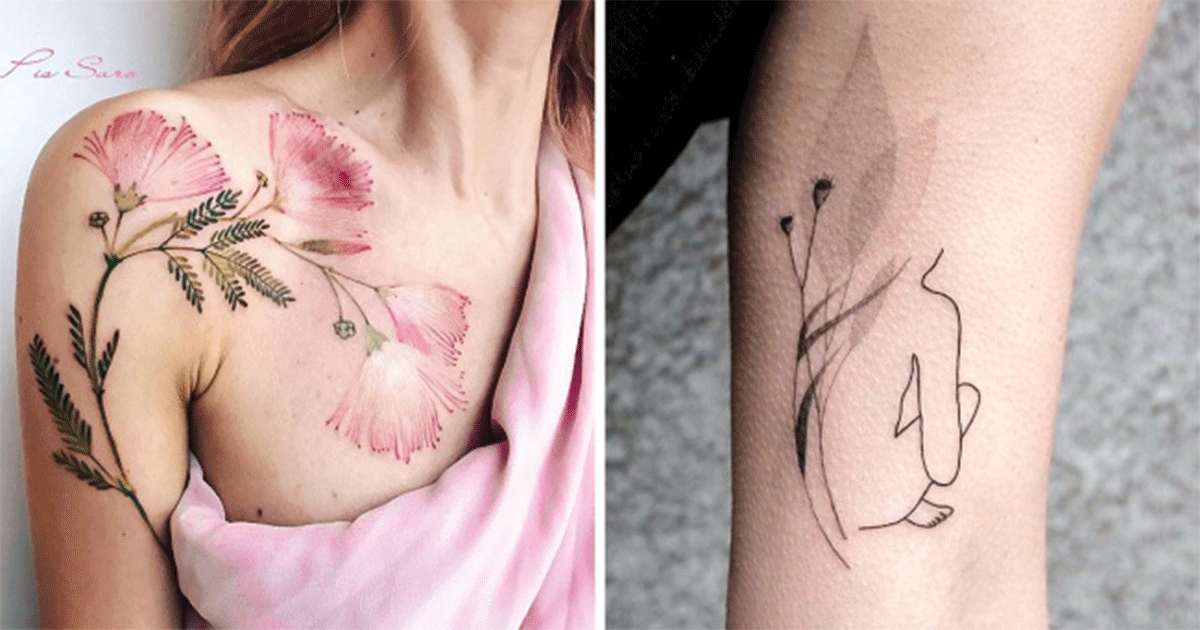10 Clothing Items That Are Best to Avoid When on the Road
When you’re traveling, comfort, practicality, and versatility should be the top priorities for your clothing choices. While it’s tempting to focus on fashion, there are certain items that can make your journey less enjoyable. Whether it’s long road trips or flights, packing the wrong pieces can lead to discomfort, inconvenience, or even extra stress. Here are 10 clothing items that are best to avoid when you’re on the road.

1. Tight Jeans
While jeans are a wardrobe staple, tight or skinny jeans can be extremely uncomfortable during long periods of sitting, especially on road trips or flights. They can restrict movement, cause discomfort, and even lead to circulation issues.
•What to wear instead: Opt for stretchy, relaxed-fit jeans or comfortable joggers that allow freedom of movement without feeling constricting.
2. High Heels
Heels may look stylish, but they’re a nightmare for traveling, especially if you need to walk long distances or rush through airports. They can cause foot pain, blisters, and make navigating uneven surfaces tricky.
•What to wear instead: Choose stylish yet comfortable sneakers, flats, or low-heeled boots that offer both support and ease for walking.
3. Clothing with Too Many Buttons or Zippers
Clothing with excessive buttons, zippers, or complicated fastenings can be a hassle when you’re on the go, especially when you need to make a quick stop or go through security checks. It can also add unnecessary time when dressing or undressing.
•What to wear instead: Look for simple, functional clothing with minimal hardware. Opt for slip-on pieces, elastic waistbands, or comfortable dresses.
4. Complicated Layers
Layering is important for travel, but too many layers or pieces that are hard to remove quickly can lead to frustration, especially in changing climates or when going through airport security.
•What to wear instead: Stick to lightweight, easy-to-remove layers like cardigans, zip-up jackets, or shawls that you can quickly take off or add as needed.
5. Heavy or Bulky Fabrics
Wearing bulky fabrics like wool or thick knits can weigh you down and make packing more difficult. They also tend to make you overheat, especially in vehicles or crowded areas.
•What to wear instead: Choose lightweight, breathable fabrics like cotton, linen, or moisture-wicking materials that are easy to pack and comfortable for long wear.
6. Excessively Tight Shoes
Shoes that are too tight can cause blisters and swelling, especially during flights when feet tend to swell. Tight shoes also make it hard to walk comfortably, leading to fatigue.
•What to wear instead: Select shoes that offer a bit of wiggle room and have cushioning. Slip-on shoes or well-broken-in sneakers are ideal for easy removal during long journeys.
7. Wrinkle-Prone Fabrics
Clothing that wrinkles easily, like linen or some types of cotton, can leave you looking unkempt and require extra effort to keep looking fresh. This is especially challenging if you don’t have access to an iron or steamer.
•What to wear instead: Choose wrinkle-resistant fabrics like polyester blends, jersey, or modern travel-friendly fabrics designed to stay smooth.
8. Overly Revealing Clothing
While comfort is key, wearing overly revealing clothing can leave you feeling exposed or uncomfortable in certain situations, such as conservative destinations or fluctuating temperatures during transit.
•What to wear instead: Opt for modest, versatile pieces like lightweight tops with short or long sleeves, paired with comfortable trousers or skirts that allow for a wide range of activities and cultural considerations.
9. Excessive Accessories
Too many accessories, like large earrings, statement necklaces, or belts, can be cumbersome when traveling. They can trigger metal detectors at airports and add unnecessary weight to your luggage. Plus, delicate items are more likely to get damaged.
•What to wear instead: Go for minimal, practical accessories like a simple scarf, a lightweight watch, or a small crossbody bag to keep your travel essentials handy.
10. Brand New or Unbroken-In Shoes
Wearing new shoes on a trip, especially without breaking them in first, is a recipe for blisters and discomfort. Untried footwear may not provide the support you need for long hours of walking or standing.
•What to wear instead: Stick to shoes that you’ve already worn and know are comfortable for extended periods. If you do bring new shoes, make sure they’ve been properly broken in beforehand.
Conclusion
When you’re on the road, practicality and comfort should take precedence over fashion trends. Avoid these clothing mistakes, and your travel experience will be more enjoyable and stress-free. Remember to opt for versatile, easy-to-wear items that keep you comfortable and looking polished, no matter where the journey takes you. Safe travels!













